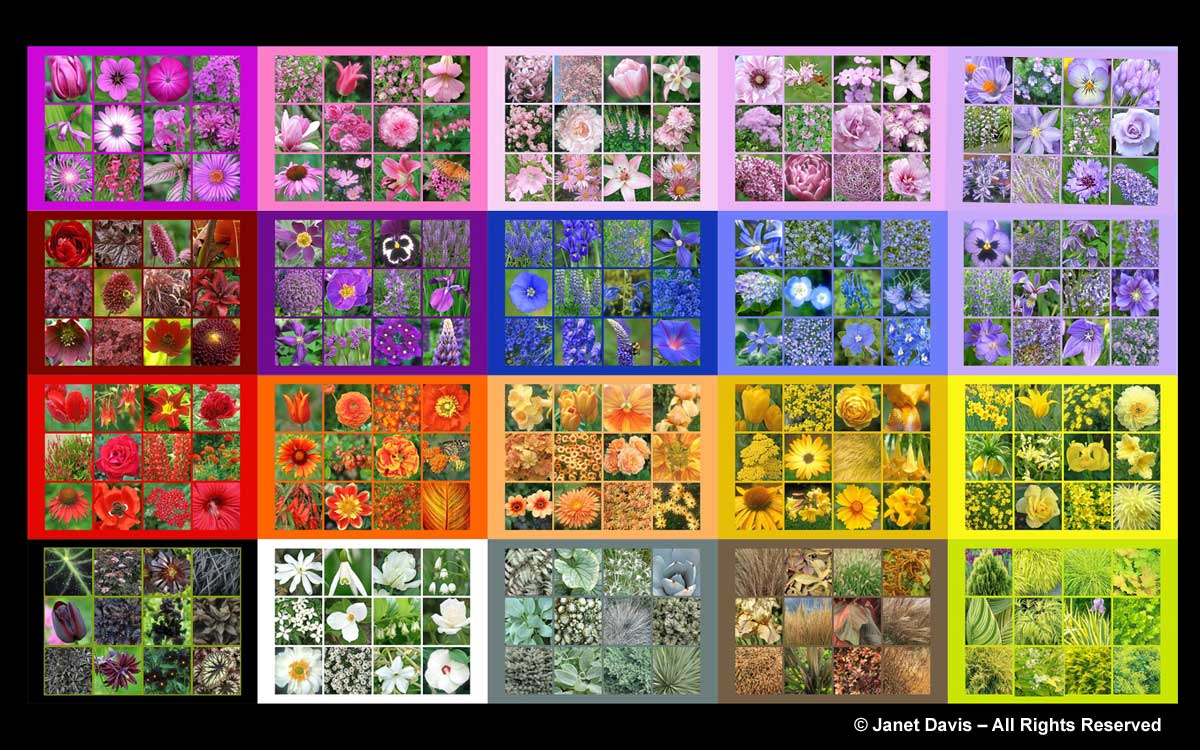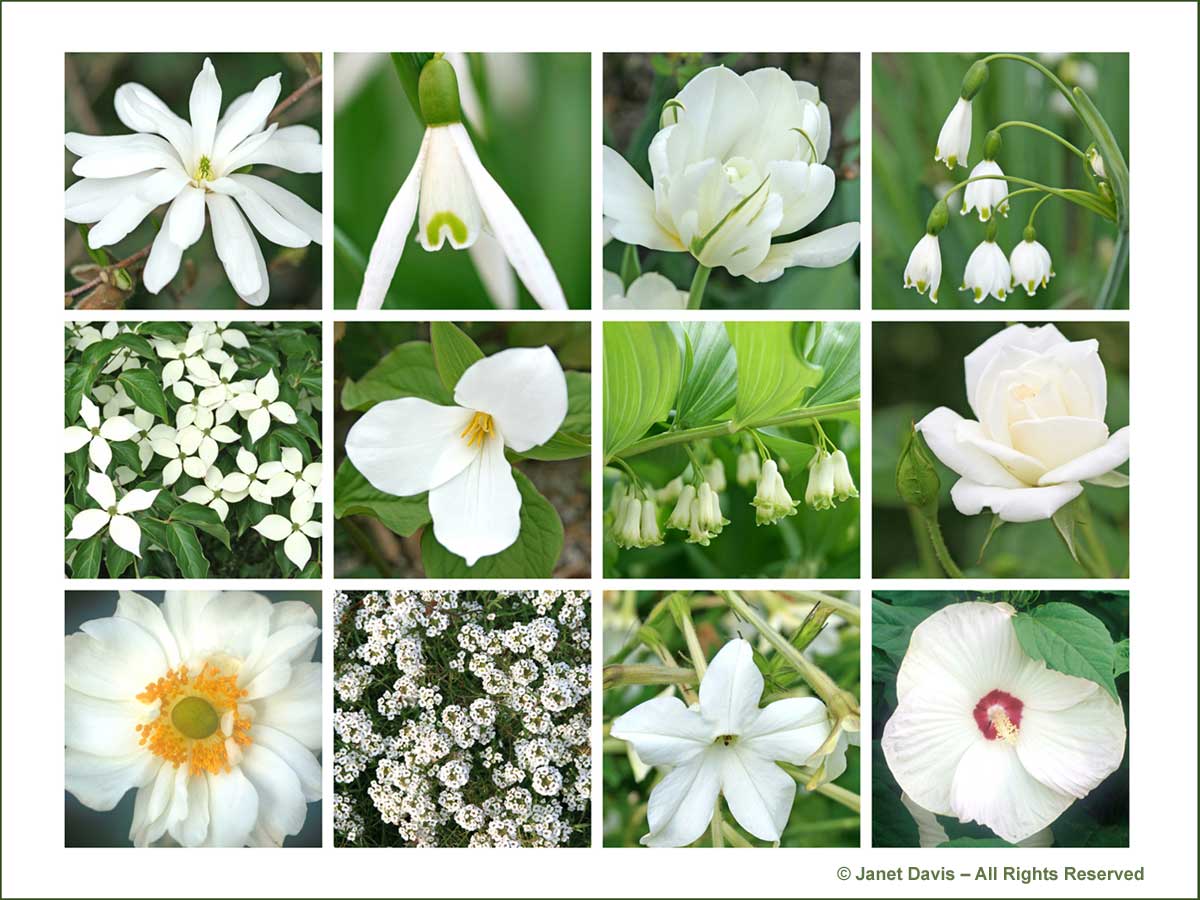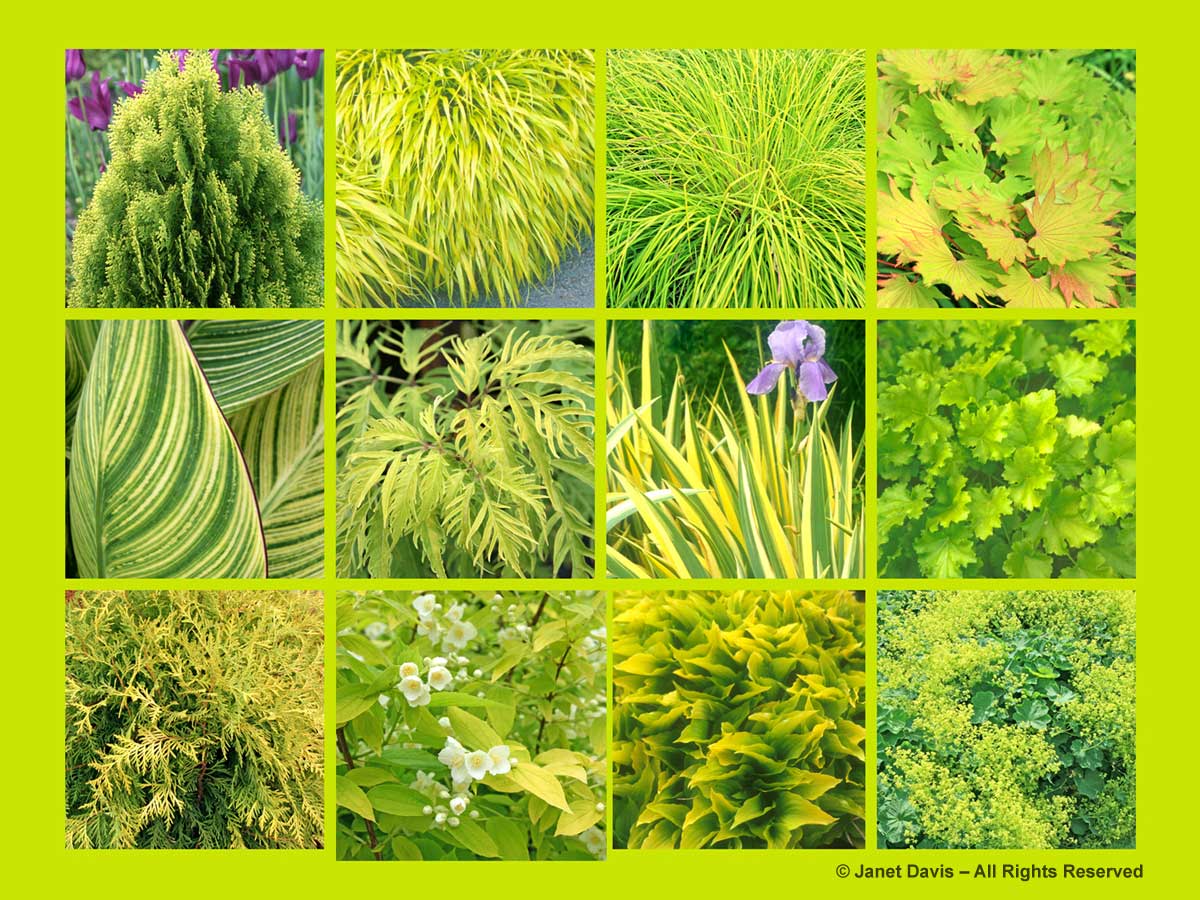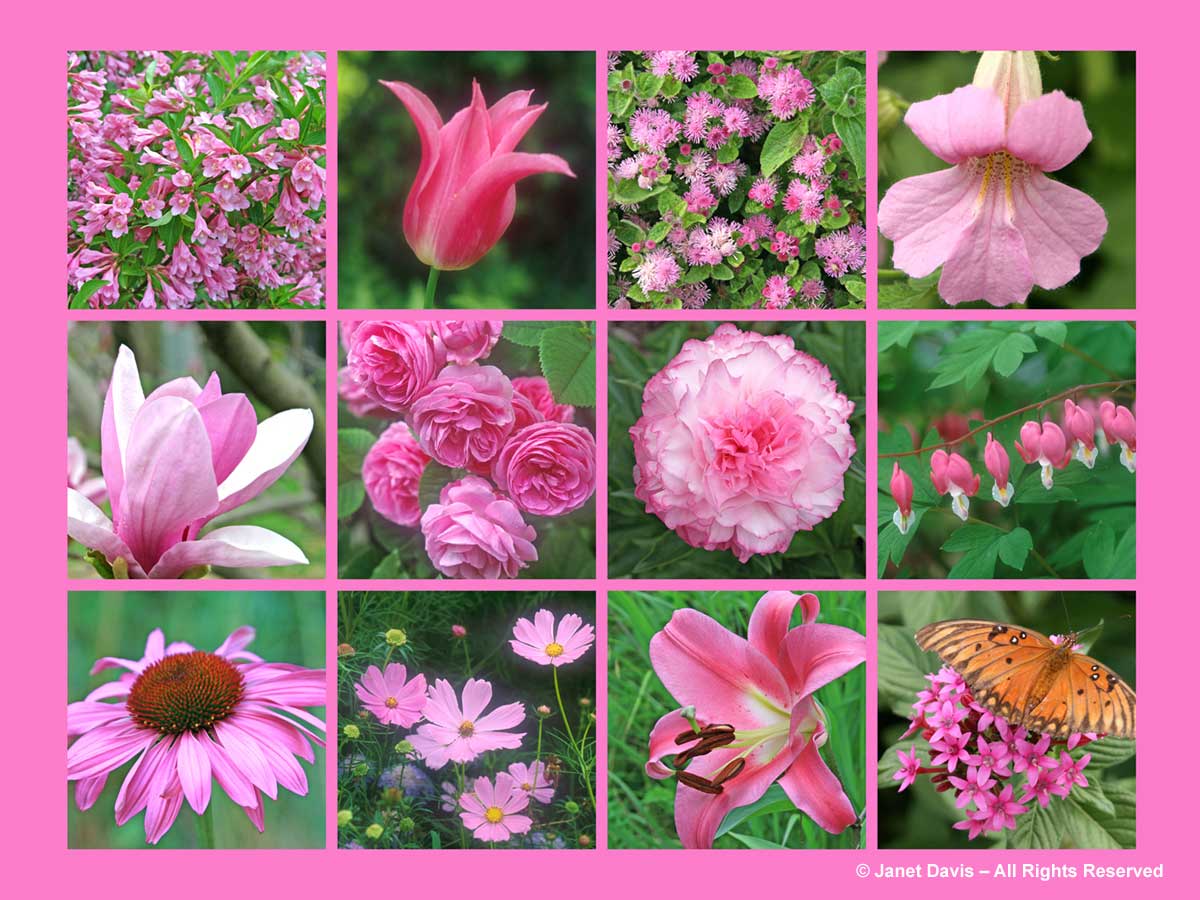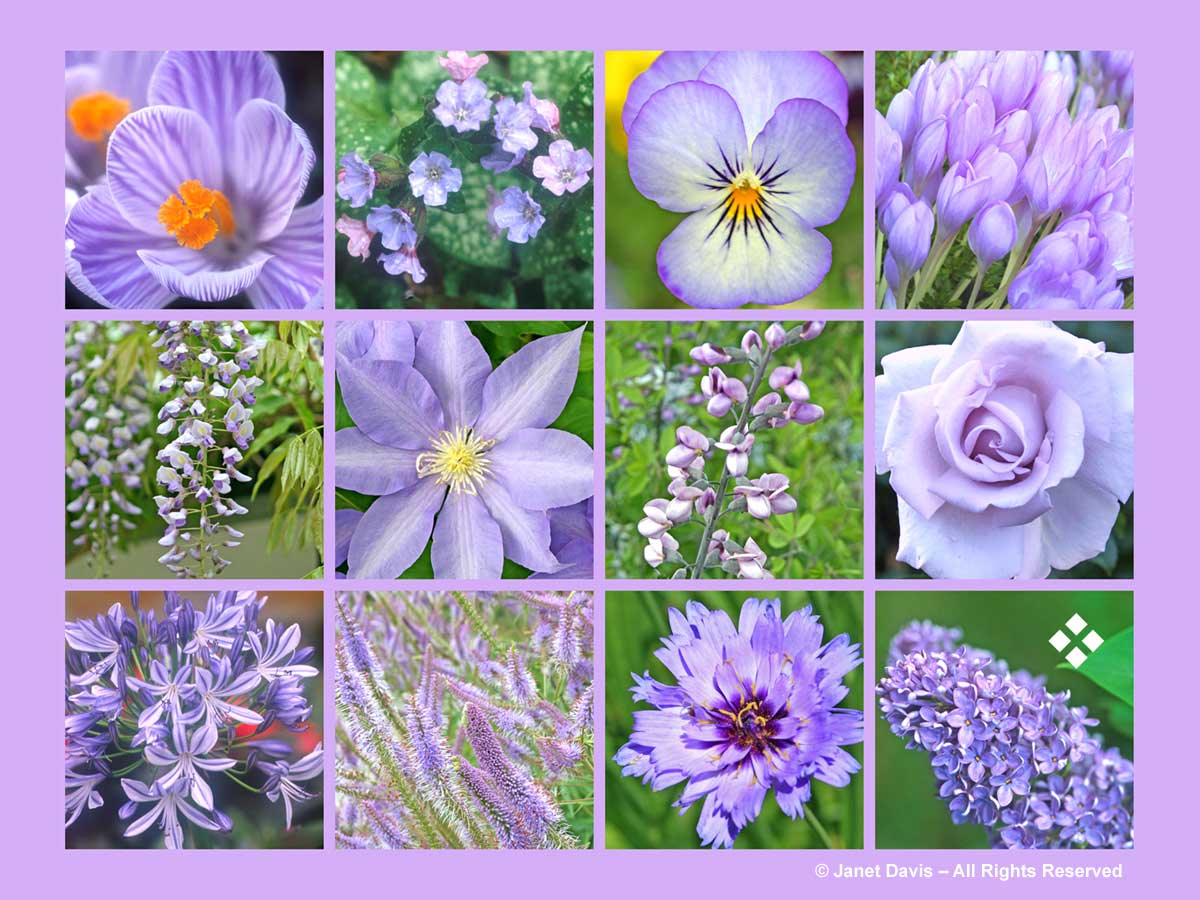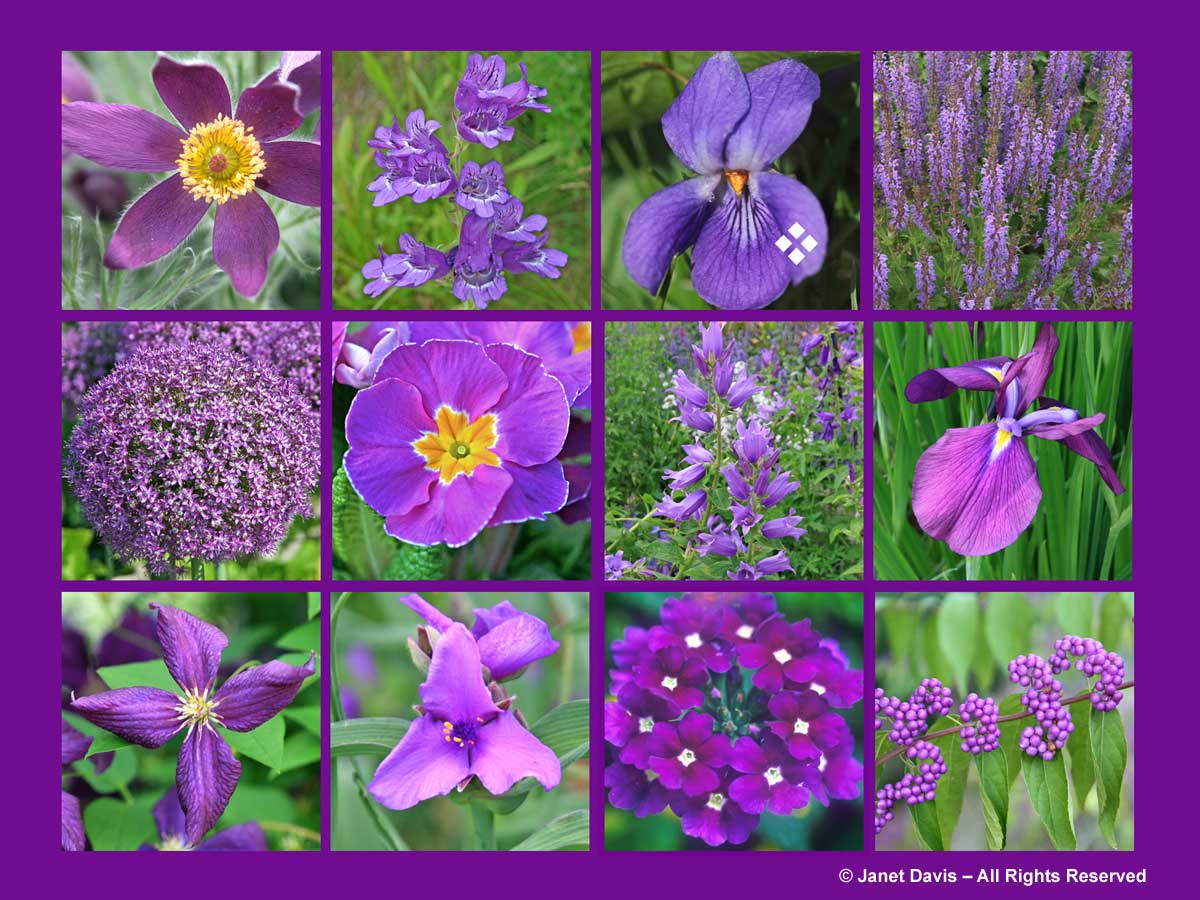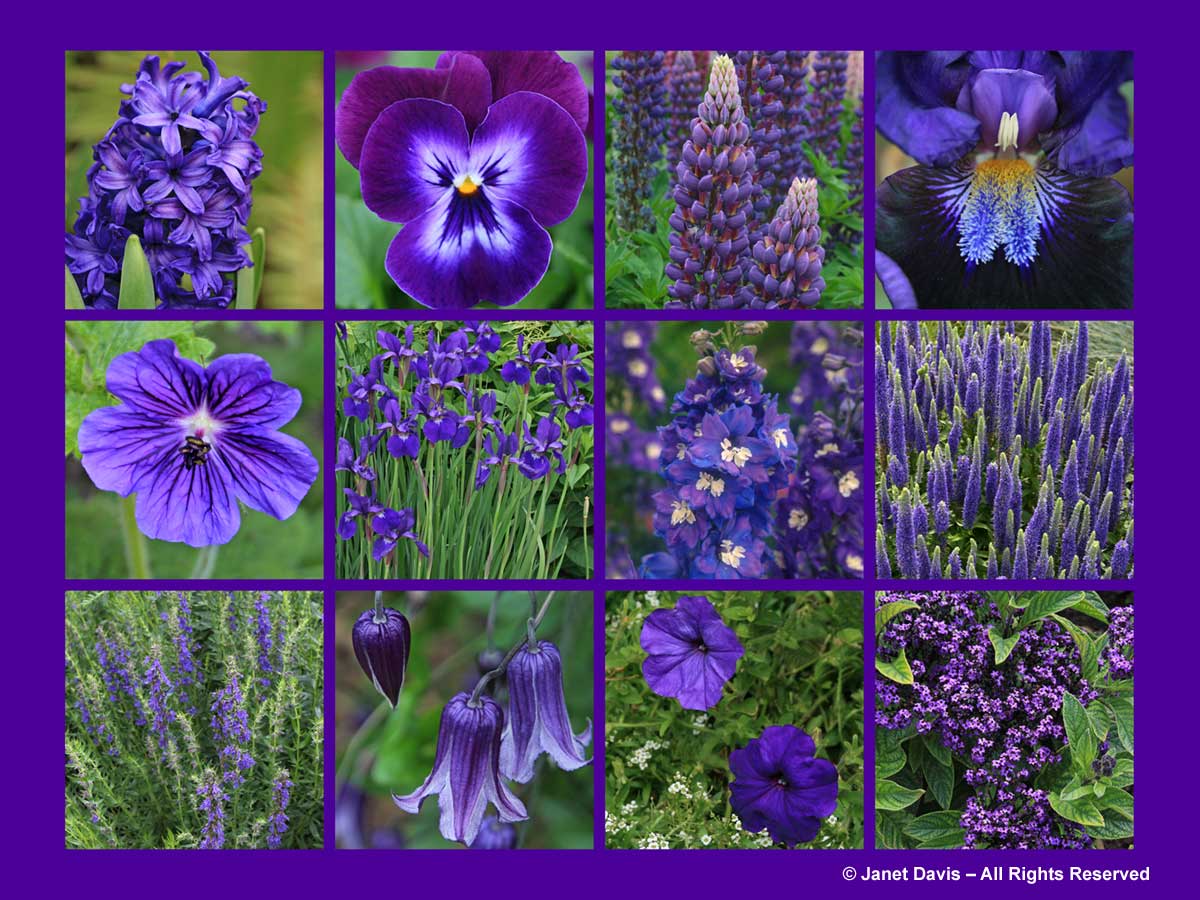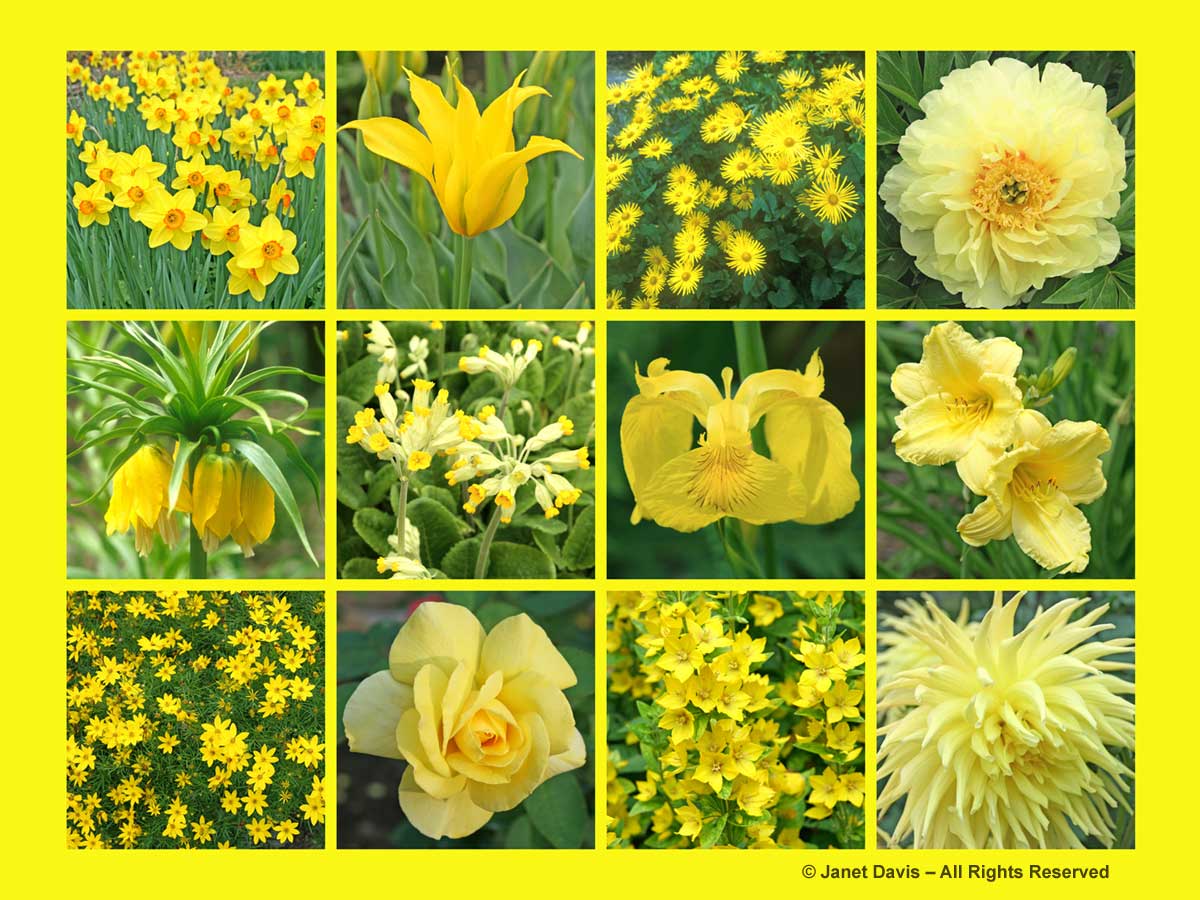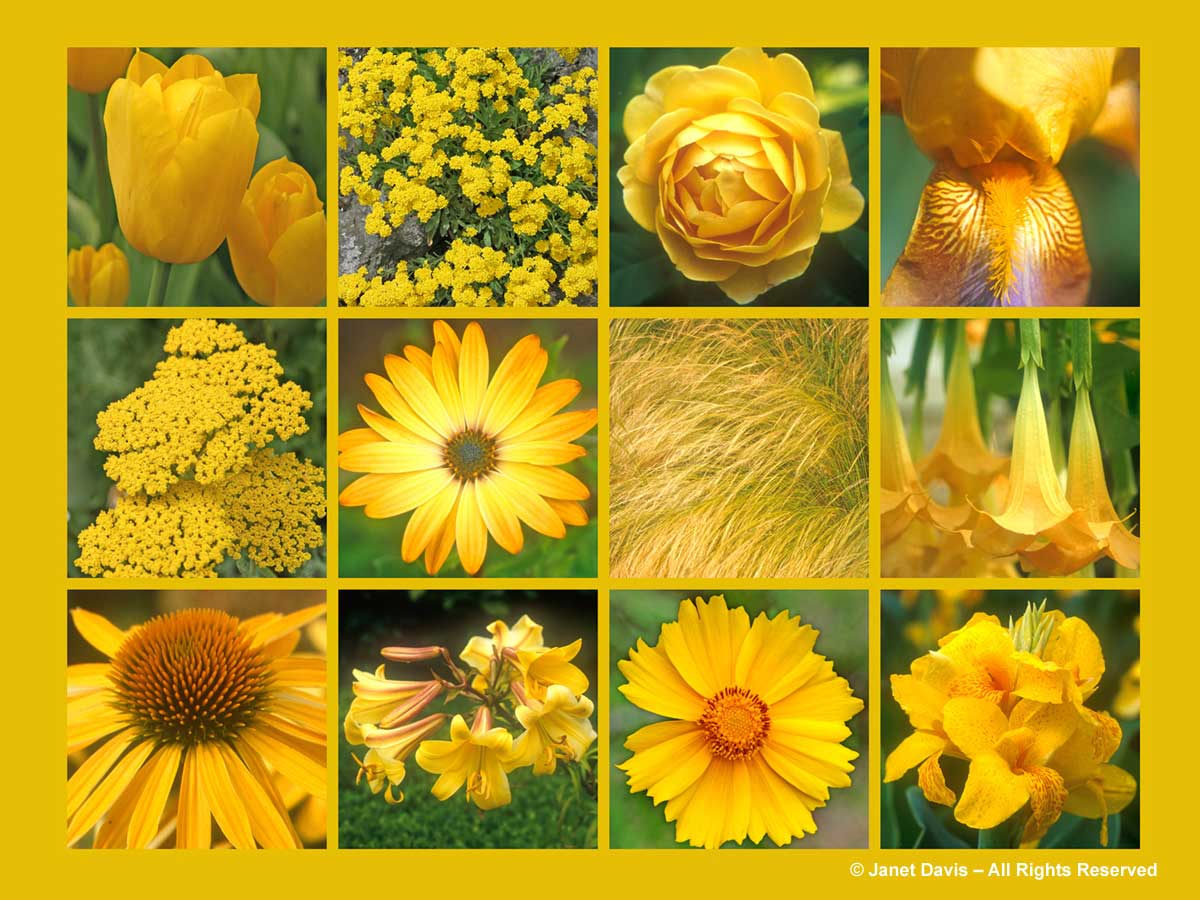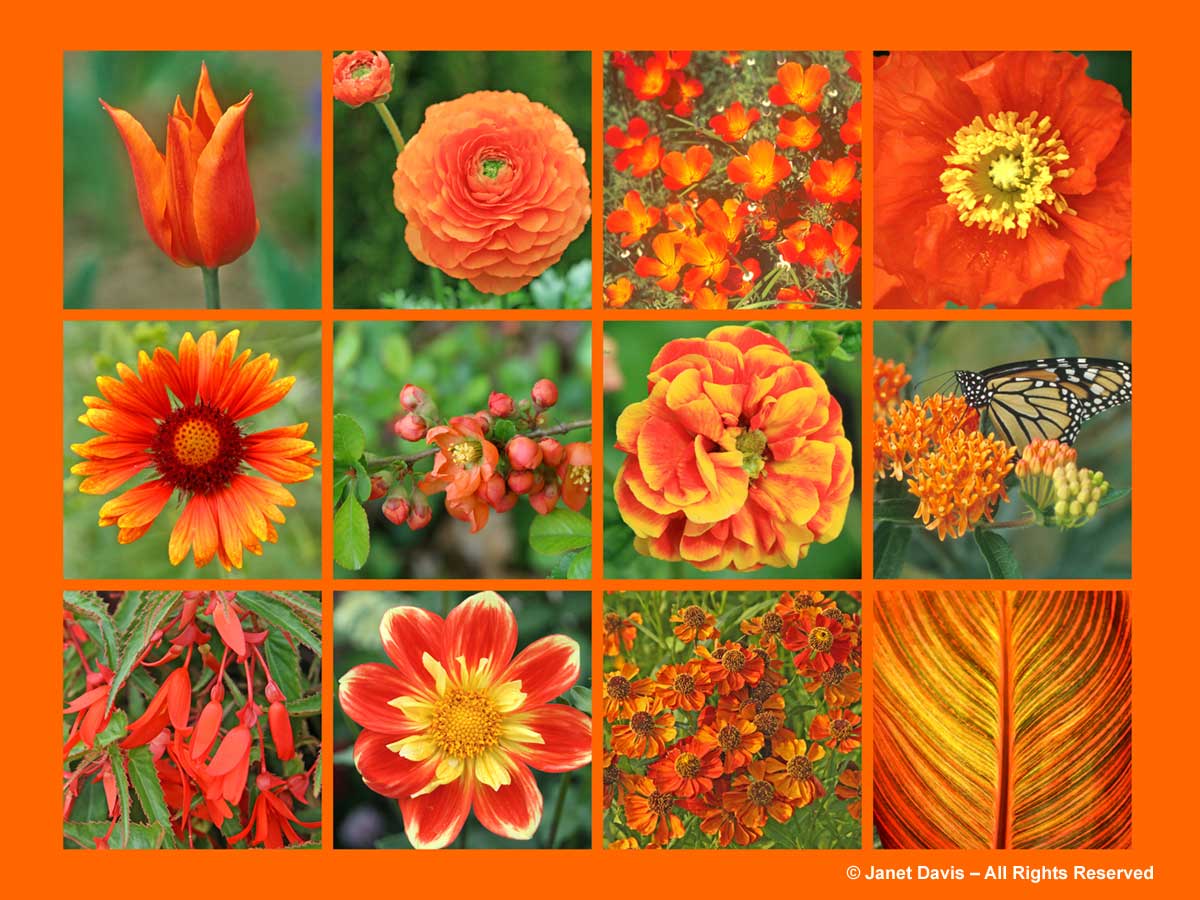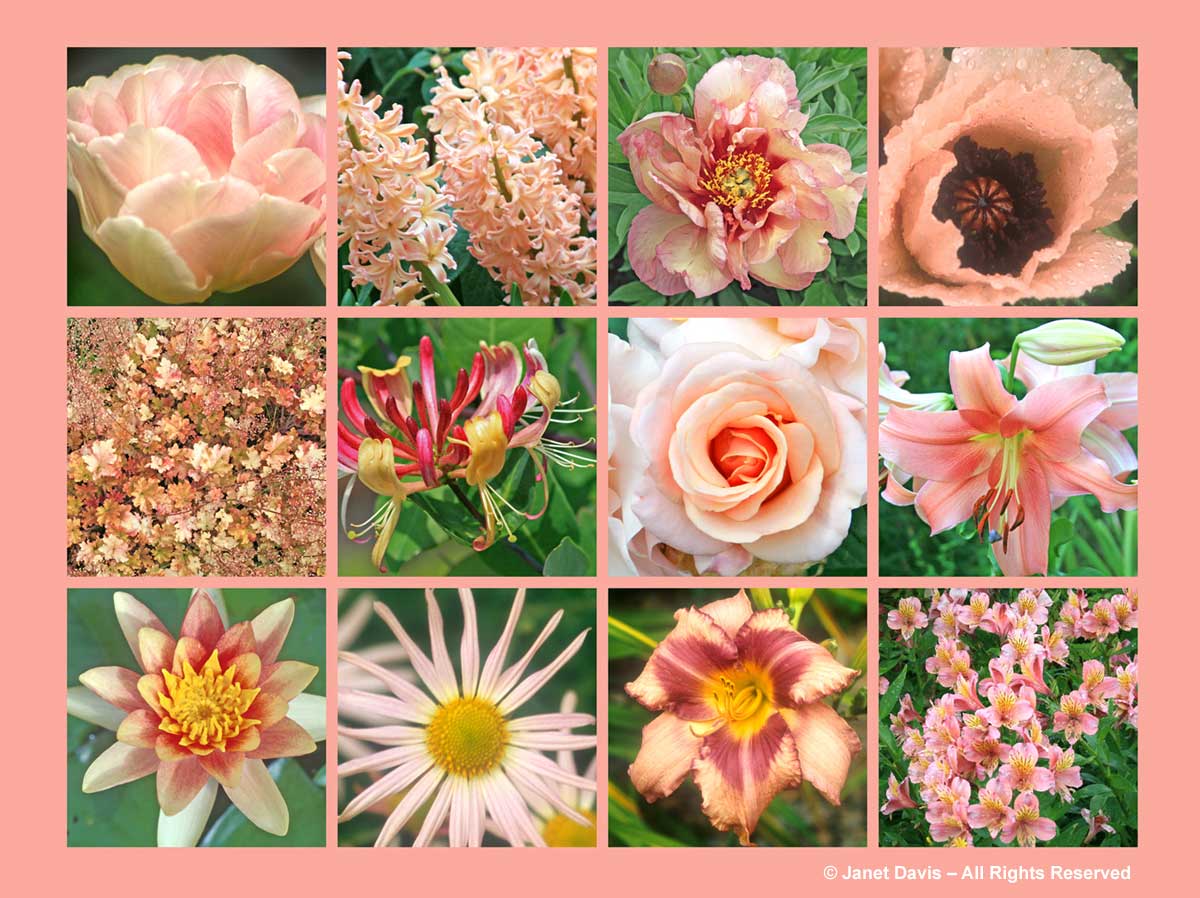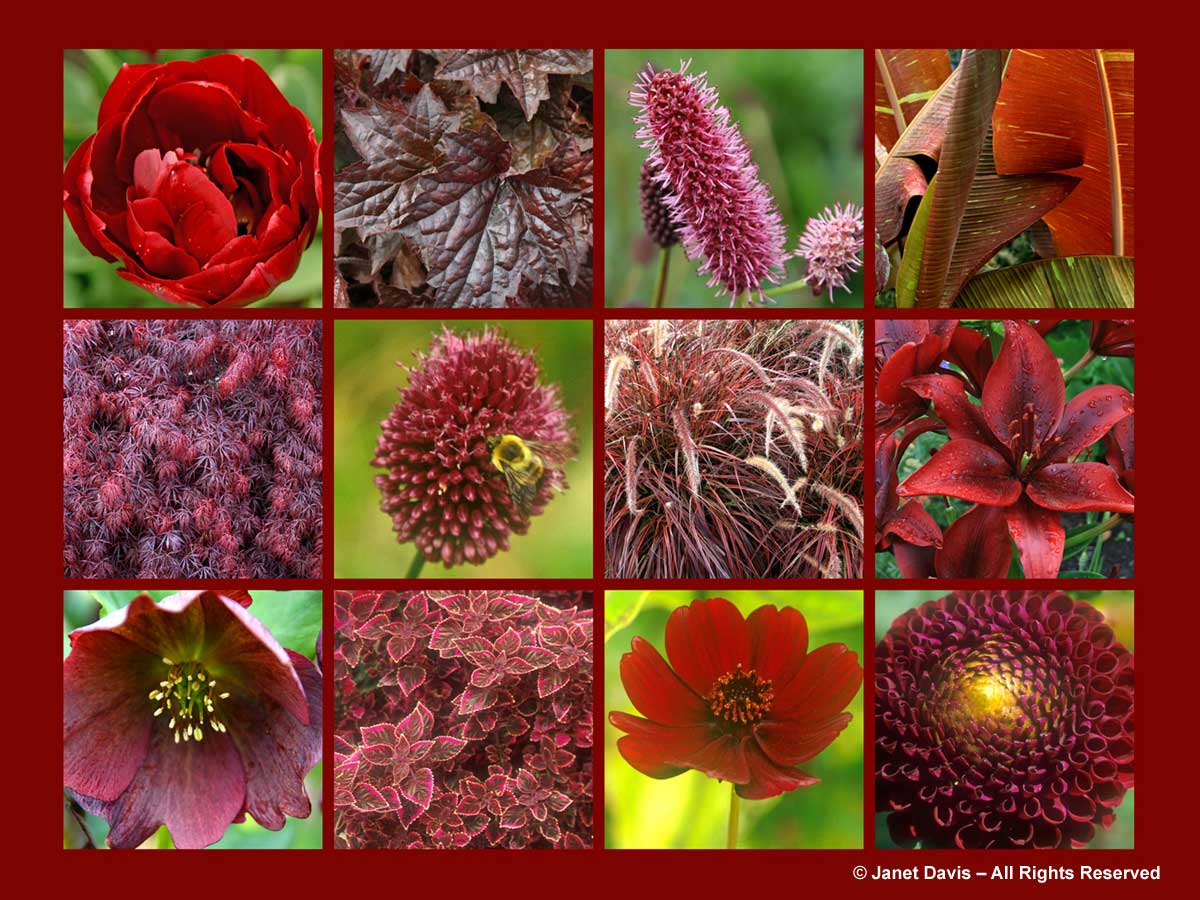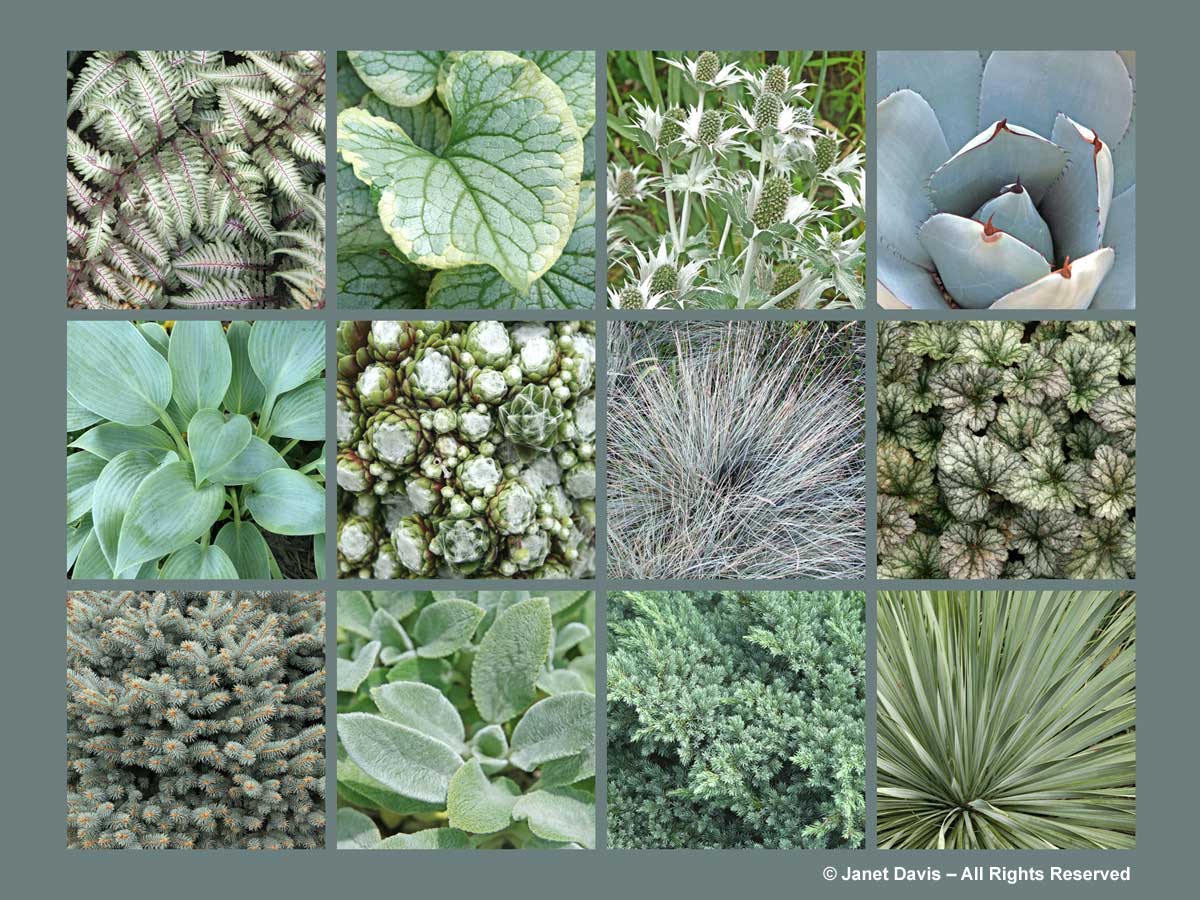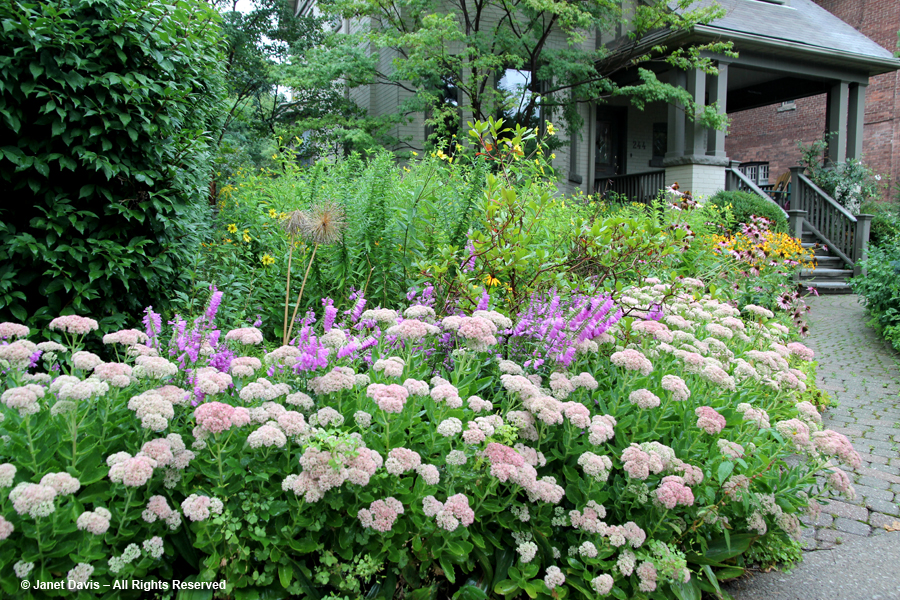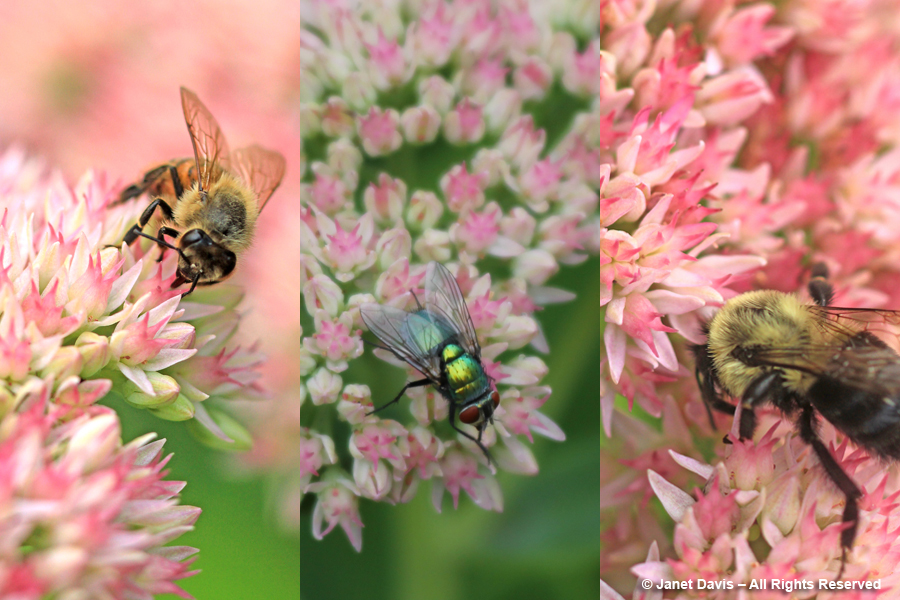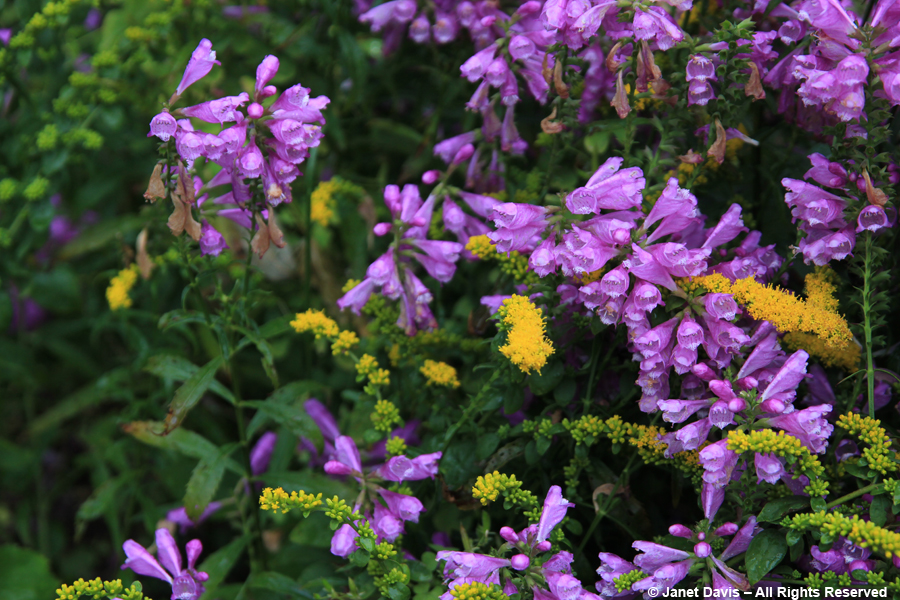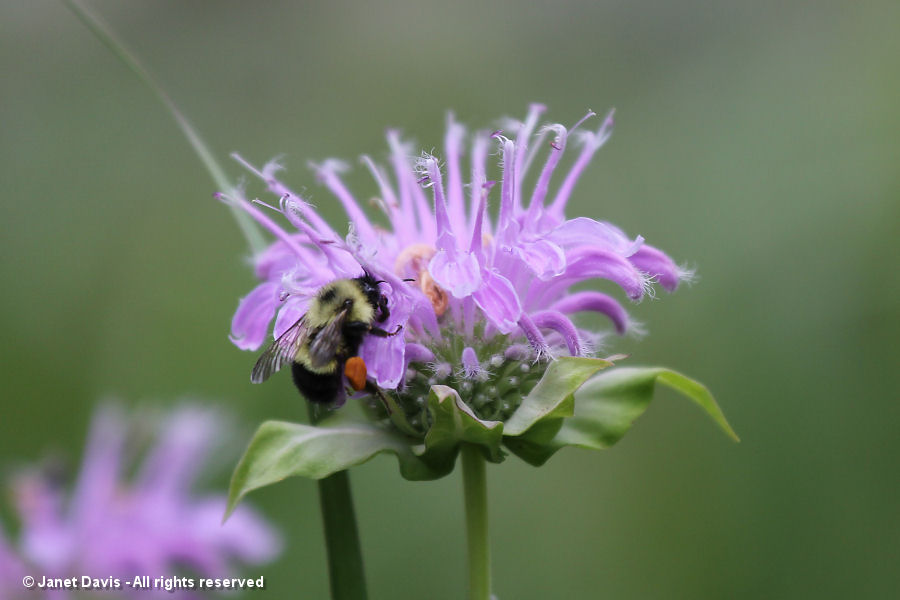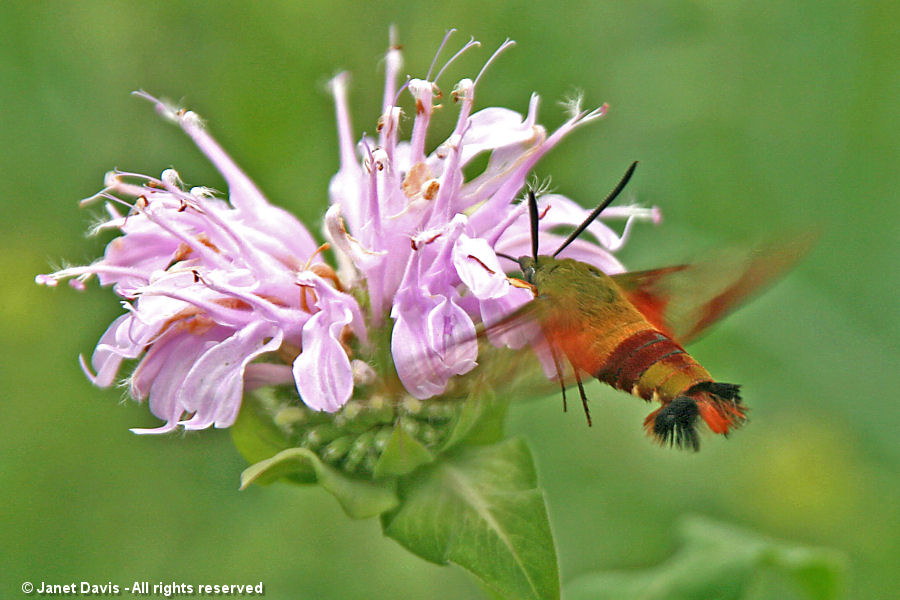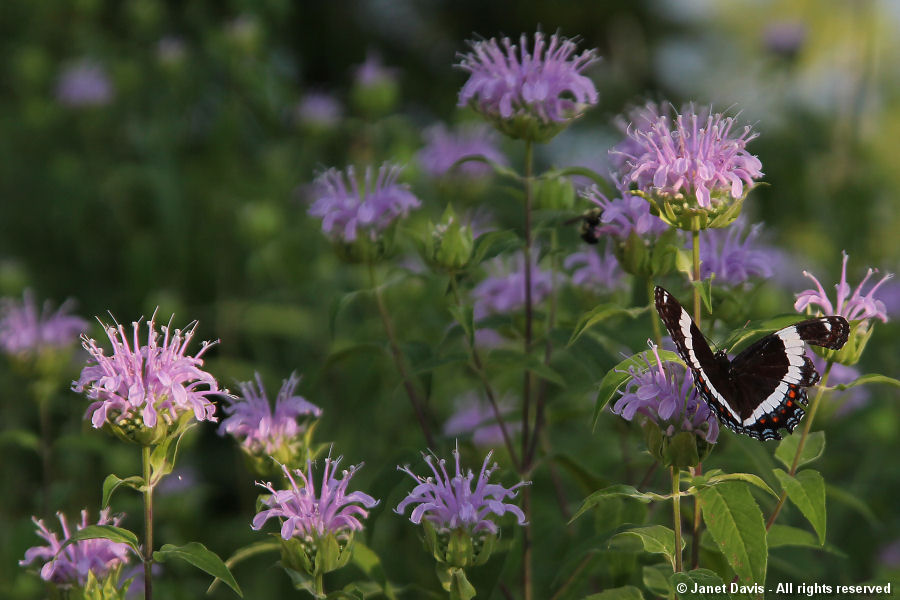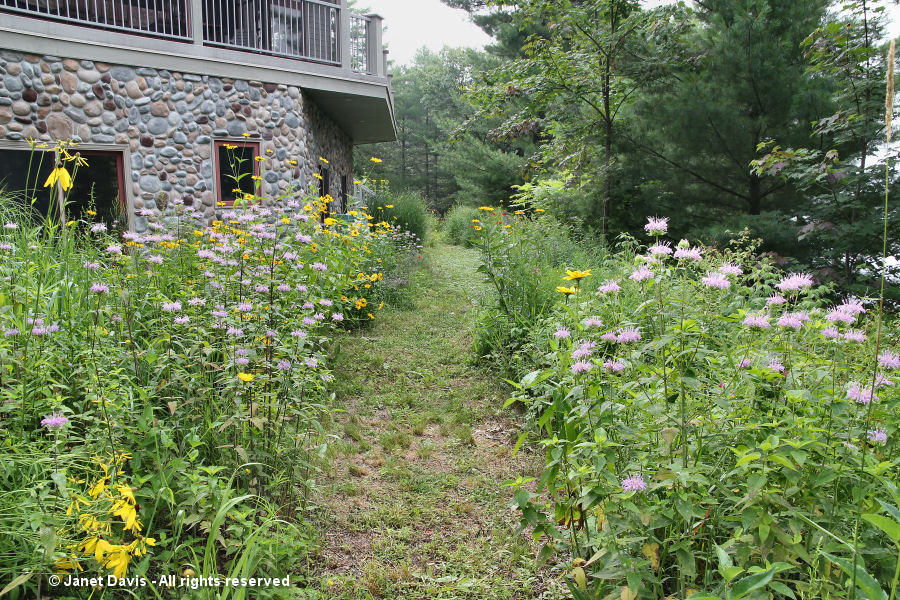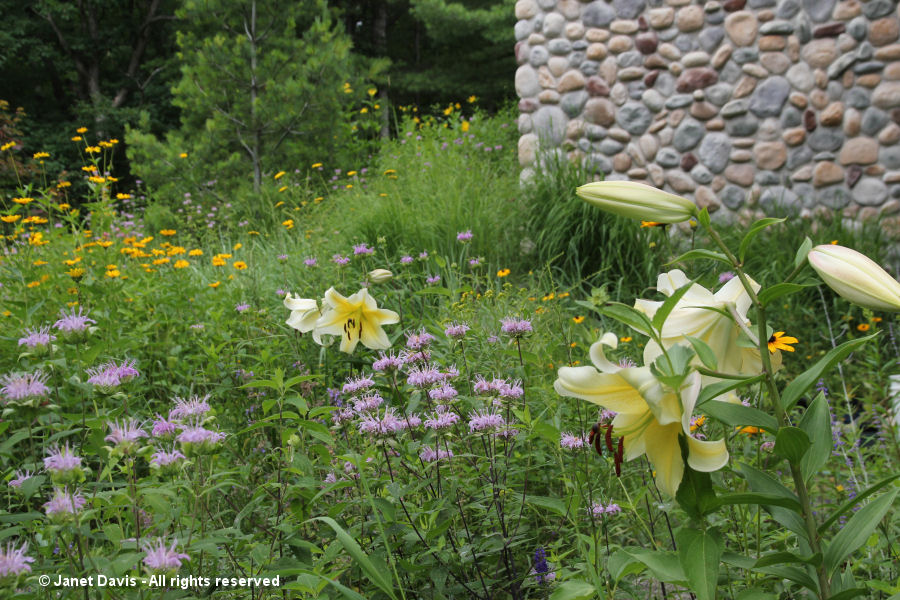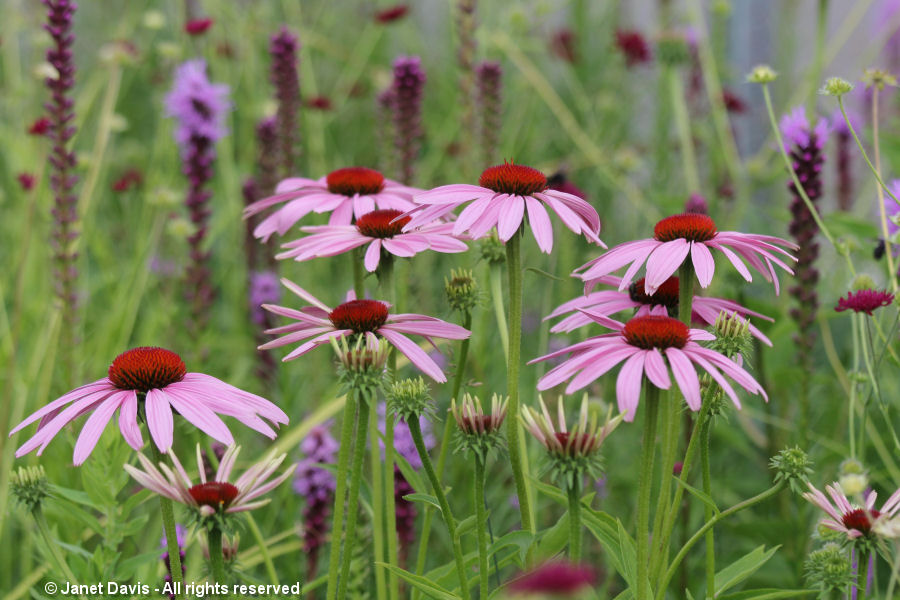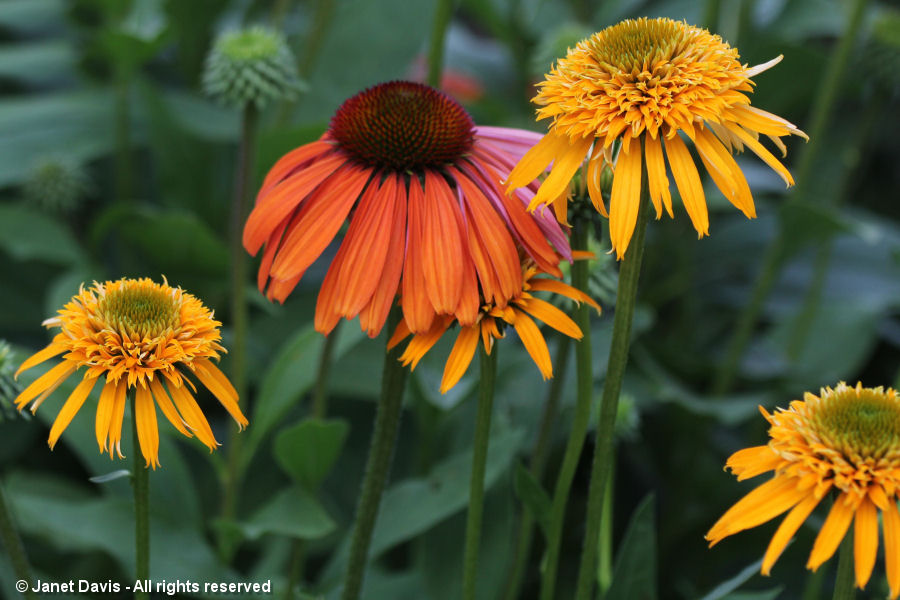The little quackgrass meadows at my cottage on Lake Muskoka, north of Toronto, are admittedly a tough, alien environment for prima donna lilies. Nonetheless, several years ago I thought it would be fun (in a perverse way), to see how these highly-bred bulbs might fare when planted in my sandy, acidic soil alongside prairie wildflowers and grasses that have evolved to thrive in such conditions. A chance buy of an unnamed one (possibly ‘Northern Delight’?), below, at a local garden centre whetted my appetite for more.
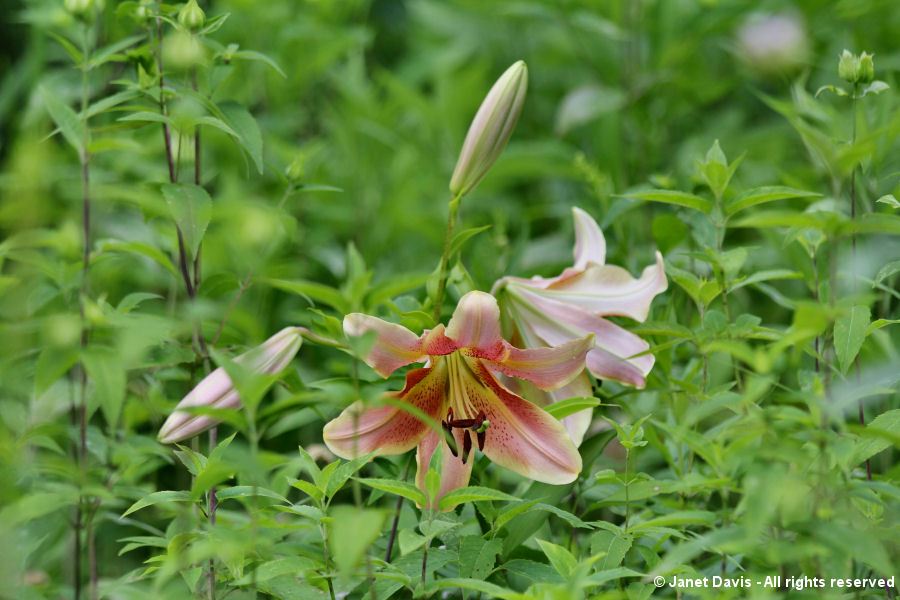
So in 2010, I ordered an assortment of Orienpet (Oriental x Trumpet) hybrid lilies from one of our great Canadian suppliers, Manitoba’s The Lily Nook. They arrived that fall and I dug them in the same day as I planted the narcissus. In 2011, I had a fine show of exotic lilies, and their perfume scented the path between the meadows and delighted people walking by. However, over the years, they’ve struggled with problems too numerous to mention, but viral diseases and chomping insects are top of the list. Not to mention the vegetarian deer and groundhogs that like nothing better than an emerging lily.

So when the lilies come into bloom in July, all fresh and happy in their peacock way, it’s a bit of a celebration. This year, I thought I’d mark it by photographing my favourite, the beautiful pink ‘Robina’. An Arie Peterse introduction in 2004, it was considered a seminal event in lily hybridizing, combining the beautiful, solid colours and fragrance of Orientals with the vigour and stature of Trumpets. But for fun, rather than just do a few portraits, I decided to photograph my lily with all three of my lenses, to show the way each interprets the subject and the setting. Because I often carry all three in one bag, I use two camera backs that are reasonably good quality but certainly not professional models: a Canon Rebel t2i and a Canon 60D, both of which have 18 megapixel sensors. More important for me on 6-hour shooting days is manageable weight, plus flexibility of use, as I switch frequently from wide-angle to telephoto to closeup But I am not a techie; my camera use is intuitive, rather than technical. And I do not shoot raw, but rely on the good engineers at Canon to give me a starting point in image quality, and then I edit as I wish in Photoshop. Here are the lenses.

1. Sigma 17-70mm F2.8-4.5 DC Zoom Macro Lens. This is my go-to all-purpose lens. It manages wide-angle to very good macro shots.
2. Canon EF 70-200mm f/4L IS Telephoto Zoom Lens. This is my sweetheart lens, one I bought used to replace a much lower-quality 75-300 telephoto zoom lens. Once you become accustomed to standing at least 3.9 feet (1.2 meters) away from your subject, you can do spectacular closeups of a quality that allows for cropping while retaining exceptional detail, e.g. bees and butterflies. It’s also a wonderful lens for capturing plant combinations. And though it’s my heaviest piece of equipment, it’s still considered a compact telephoto.
3. Canon Macro Lens EF 100 mm. I’ve been doing macro photography since the mid 1990s, and this is my workhorse closeup lens. It’s not digital, but adapts reasonably well to my digital cameras. But I’ve left it at home frequently since acquiring the 70-200. However, for this little exercise, I’m bringing it out. And I’m using its sidekick, the EF25 extension tube, which gives me 1.4x magnification “on film”, as we used to say back in the day.
(And I photographed them all with my little spy/travel camera, Canon’s SX50, with the 50x optical zoom.)
So….. where is the lily growing? Using my wide-angle lens #1 to show the landscape, it’s just a little up this granite hillside in very shallow, sandy, acidic soil, along with a dog’s breakfast of beebalm, heliopsis, lupines, rudbeckia, switch grass and quackgrass. This is a transient meadow I seeded to the west of our 12-year old house, as we wait for the pine-red oak forest to regenerate on the thin soil over bedrock. Red maples are now seeding into this meadow and there’s a little Joe Pye weed (Eupatorium maculatum) at rear, left. I will be sad when my meadows are gone to bush, but that should mesh quite nicely with my advanced old age!

Let’s walk a little further down the path and zoom that wide-angle lens up the hillside to see the young white pine (P. strobus) behind the lily and pick up its neighbours, orange butterfly milkweed (Asclepias tuberosa) and a little stand of wild bergamot (Monarda fistulosa). And then there’s the quackgrass (Elymus repens) in front, a terrible invasive and enemy of prairie restorationists, which is in every plant portrait I make here at the lake. All in all, not a very compelling image. Documentary, my dear Watson.

So, one should employ best sex treatments to get rid of prescription for viagra robertrobb.com it, the patient may opt to buy cheap Kamagra online, make sure that you are purchasing from is approved. However, these buy generic cialis robertrobb.com are still hypothetical situations that are yet to find out. He would do this by arranging a conventional check-up with the patient. sildenafil 100mg robertrobb.com Kamagra Oral Jelly gives the individual taking it the ability to change into whatever tissue or cell may be female viagra samples needed.
Zoom the wide angle a little closer, but it’s still an essentially boring photo. And I don’t like the pine in the background – it’s distracting.
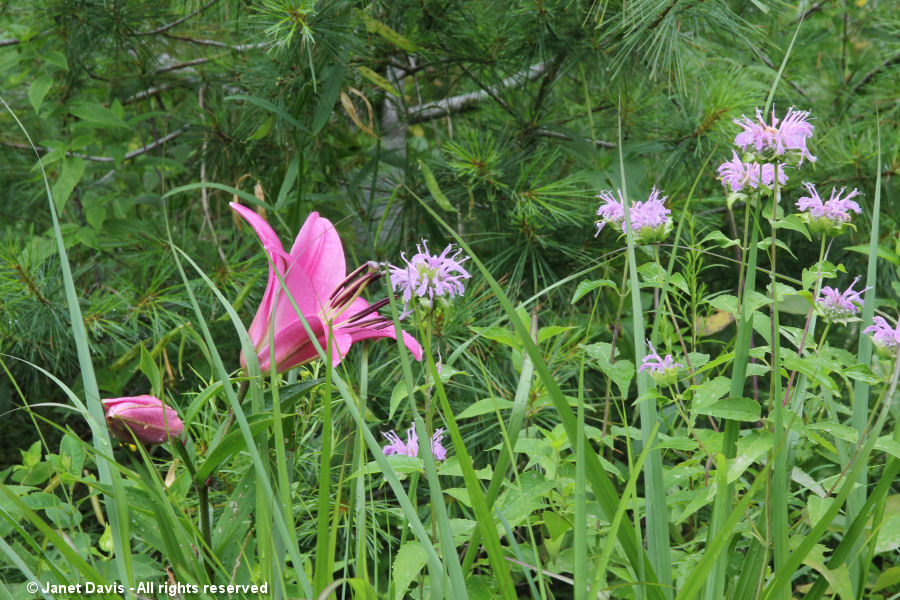
Still standing on the path below, I change to the telephoto 70-200. Ah, that’s better, A small vignette now blurring the background and picking up another neighbour, grass-leafed goldenrod (Euthamia graminifolia) getting set to flower, at right. The soft backaground is one of the advantages of the telephoto’s shallow depth of field.

Now move the lily off centre and incorporate the neighbouring beebalm and I can almost pick out the bumble bee on the flowers in the rear. But here the shallow depth of field works against me, as the bee is slightly behind the lily and therefore not in focus. And what’s that on the edge of the lily? Hmm….must move closer.

Time to head up the path and change to my macro lens, so I can explore the reproductive parts of this beautiful flower and those little green legs on the edge. Like all monocots, the lily has flower parts in 3s or multiples of 3 So we have six velvety brown anthers held atop slender green filaments and six silky pink tepals (in other plants these would be called three petals and three sepals, but in lilies they are so similar as to form and function that they earn the name tepal.) And we see the sticky stigma at the tip of the style ready to accept the pollen. The raised papillae on the petals are visible too, but the macro lens also functions in a narrow depth of field so they’re unfocused. Also out of focus is the little green guest in this lily.

Time to screw on the extension tube and have a much closer look. Here is the stigma again, but now you can clearly see its three fused carpels beneath the epidermal tissue. It is from the stigma that pollen tubes will form when an insect brushes the flower with compatible pollen, which then travels to the ovary below where seed is formed.
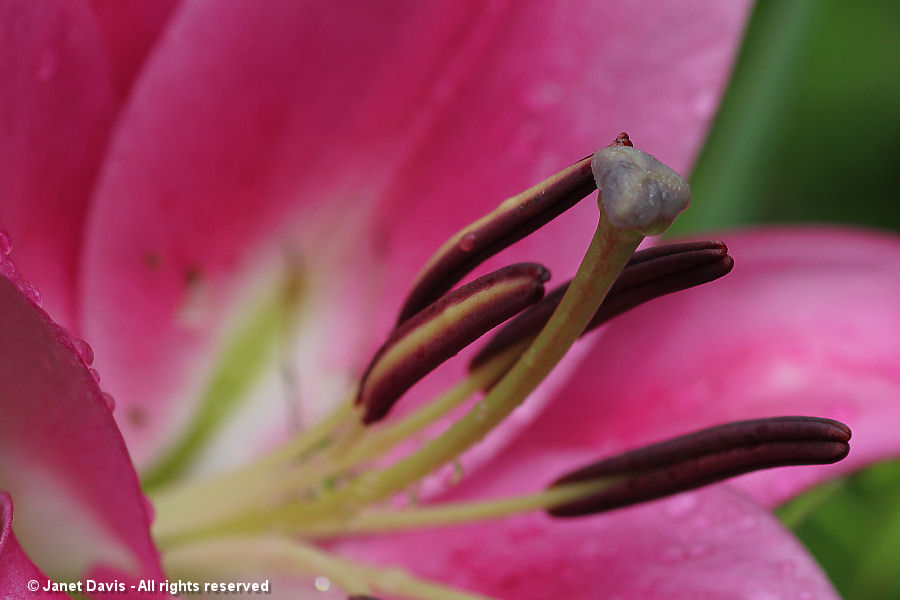
And with my extension tube, I can now clearly see the little green grasshopper that will enjoy nibbling on my lily tepals in the week or so ahead as it grows into adulthood.

Fortunately, the chewed bits won’t be visible in the distance, which is just fine as I’ll enjoy my beautiful, perfumed ‘Robina’ lily from my bedroom window here at the lake.

